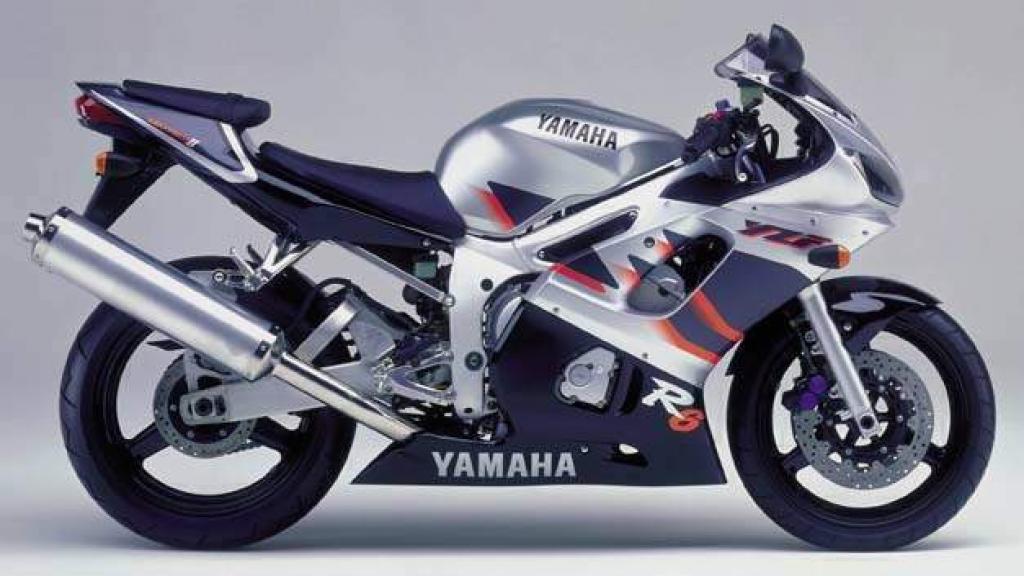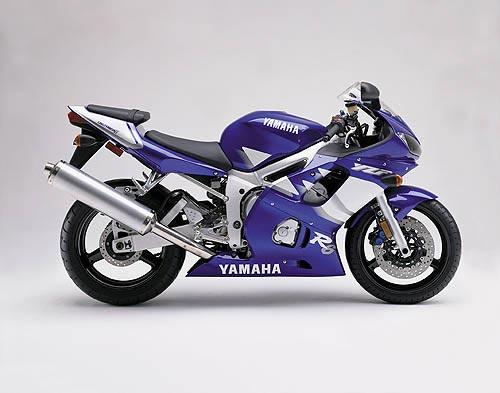The 2000 Yamaha YZF-R6: Specs That Still Impress Two Decades Later
The year 2000. It was a time of dial-up internet, Y2K anxieties, and the undeniable rise of the sportbike. Amidst this era of technological shifts, Yamaha unleashed a machine that would redefine the 600cc supersport class: the YZF-R6. While technology has undoubtedly advanced since then, the 2000 R6 remains a compelling motorcycle, a testament to Yamaha’s engineering prowess. This article delves into the specifications of the 2000 Yamaha YZF-R6, examining what made it so impressive then, and why it still holds appeal today.
The 2000 Yamaha YZF-R6: A Legacy Forged in Performance
The 2000 R6 wasn’t just another motorcycle; it was a statement. Yamaha aimed to create a track-focused machine, a lightweight and agile weapon designed to dominate the racetrack. It succeeded, quickly becoming a favorite among racers and performance enthusiasts alike. Its high-revving engine, sharp handling, and aggressive styling set the standard for what a modern supersport motorcycle should be. Let’s dive into the specifics that defined this iconic machine.
Engine and Performance: Revving to the Redline
The heart of the 2000 R6 was its high-strung, liquid-cooled, inline-four engine. This engine was designed to scream, and scream it did! Here’s a closer look at the key engine specifications:
- Engine Type: Liquid-cooled, inline-four, DOHC, 16 valves
- Displacement: 599cc
- Bore x Stroke: 67.0 x 42.5 mm
- Compression Ratio: 12.4:1
- Maximum Power: Approximately 118 horsepower at 13,000 rpm
- Maximum Torque: Approximately 49 lb-ft at 11,500 rpm
- Fuel System: 37mm Mikuni Carburetors (a notable feature compared to the fuel injection that would soon become standard)
- Transmission: 6-speed
- Top Speed: Estimated at 155 mph (250 km/h)
The engine’s high-revving nature and peak power delivery meant that the R6 thrived at the top of the rev range. Riders needed to keep the engine spinning to access its full potential, making it a demanding but incredibly rewarding motorcycle to ride.
Chassis and Handling: Agile and Precise
Beyond its powerful engine, the 2000 R6 was praised for its exceptional handling characteristics. Yamaha focused on creating a lightweight and nimble chassis, allowing for precise control and effortless cornering.
- Frame: Deltabox II aluminum perimeter frame
- Suspension (Front): 43mm adjustable telescopic forks
- Suspension (Rear): Adjustable single shock
- Brakes (Front): Dual 298mm disc brakes with 4-piston calipers
- Brakes (Rear): Single 220mm disc brake with 2-piston caliper
- Dry Weight: Approximately 377 lbs (171 kg)
- Wheelbase: 54.3 inches (1380 mm)
The combination of the rigid frame, responsive suspension, and lightweight design made the R6 incredibly agile. Its ability to change direction quickly and its feedback to the rider were key features that contributed to its success on both the track and the street.
Design and Aesthetics: A Timeless Sportbike Silhouette
The 2000 R6 featured aggressive styling that was instantly recognizable. Its sharp lines, aerodynamic fairings, and high-mounted exhaust gave it a distinct and purposeful appearance.
- Fairing Design: Aerodynamic fairing with integrated ram-air intake
- Headlights: Dual headlights
- Exhaust: High-mounted, stainless steel exhaust
- Color Options: Offered in a variety of colours, including Yamaha Blue, Black, and Red.
The R6’s design, though now over two decades old, still holds up well. It’s a testament to the timeless nature of good motorcycle design.
The Enduring Appeal of the 2000 Yamaha YZF-R6
Despite the advancements in motorcycle technology over the years, the 2000 Yamaha YZF-R6 remains a desirable motorcycle. Its high-revving engine, responsive handling, and aggressive styling continue to attract riders. It’s a raw and engaging machine that offers a pure riding experience. It’s a reminder that sometimes, simplicity and focused engineering can create a truly unforgettable motorcycle.
Frequently Asked Questions (FAQs)
- Is the 2000 Yamaha R6 a good bike for beginners? While the R6 is a fantastic machine, its high-strung engine and aggressive riding position can be challenging for inexperienced riders. It is recommended for experienced riders.
- What are common problems with the 2000 R6? Common issues include carburetor maintenance (due to the carburetors), and general wear and tear associated with an older motorcycle. Regular maintenance is crucial.
- How much does a 2000 Yamaha R6 cost? The price of a 2000 R6 varies depending on condition, mileage, and location. Expect to find them for a range from $3,000–$6,000, depending on these factors.
- What is the fuel economy like on the 2000 R6? Fuel economy typically ranges from 40-45 mpg, depending on riding style.
- Are parts readily available for the 2000 R6? While some parts may be harder to find than for newer models, a wide range of aftermarket and used parts are still available, making maintenance and repairs generally manageable.
Conclusion
The 2000 Yamaha YZF-R6 was a game-changer in the supersport class. Its impressive specs, combined with its agile handling and aggressive design, cemented its place in motorcycling history. Even today, the 2000 R6 continues to impress, offering a thrilling riding experience that celebrates the pure joy of motorcycling. It’s a testament to Yamaha’s engineering prowess and a reminder that some things, like a great motorcycle, truly stand the test of time.




